SIMPLE FUTURE 2
Publicado el
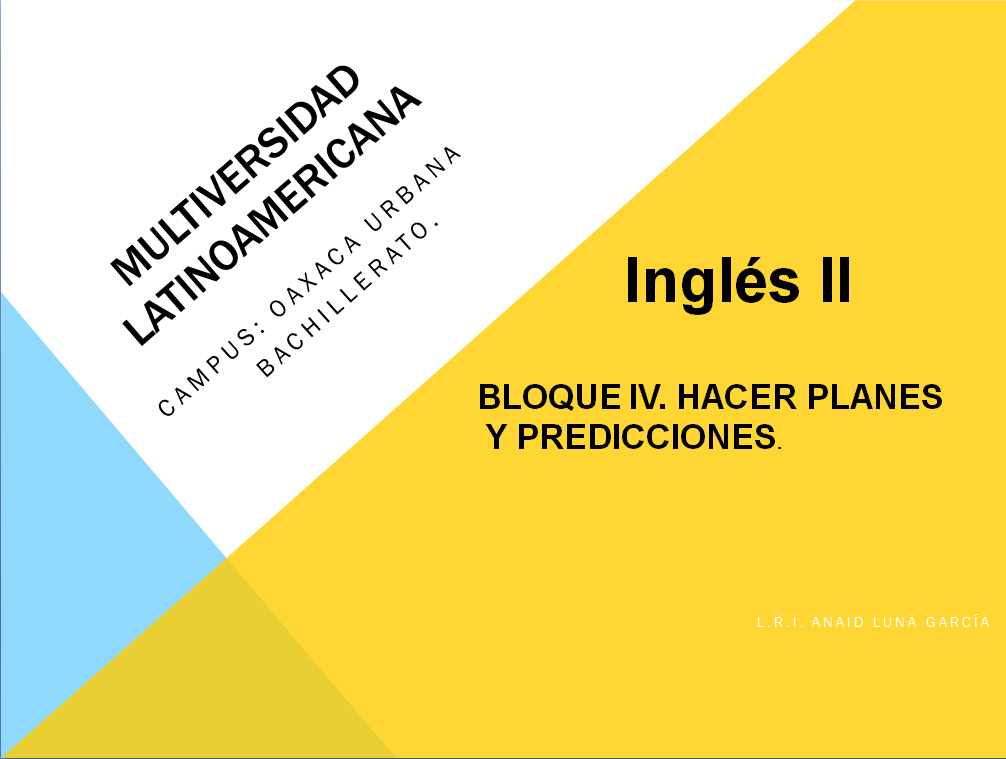 How to use the simple future tense?
How to use the simple future tense?
We use the simple future tense when there is no plan or decision to do something before we speak. We make the decision spontaneously at the time of speaking.
Viernes 19 de abril de 2024
Publicado el
 How to use the simple future tense?
How to use the simple future tense?
We use the simple future tense when there is no plan or decision to do something before we speak. We make the decision spontaneously at the time of speaking.
Publicado el
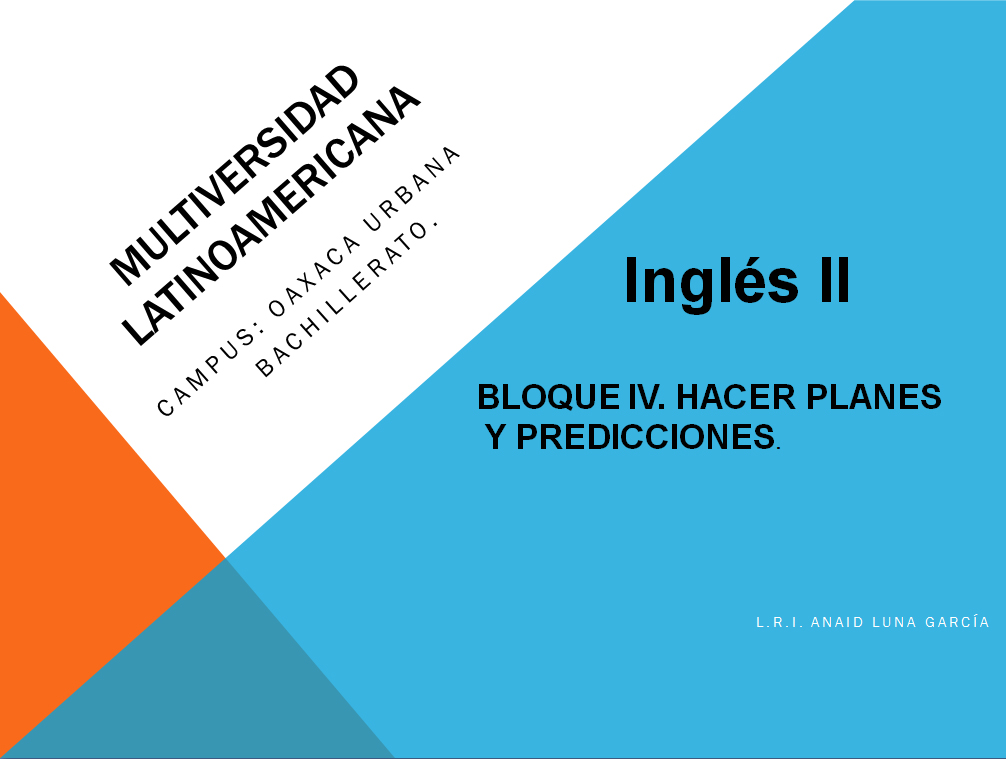
Express intentions, and it can be used to express request, promises, offers and predictions.
Publicado el
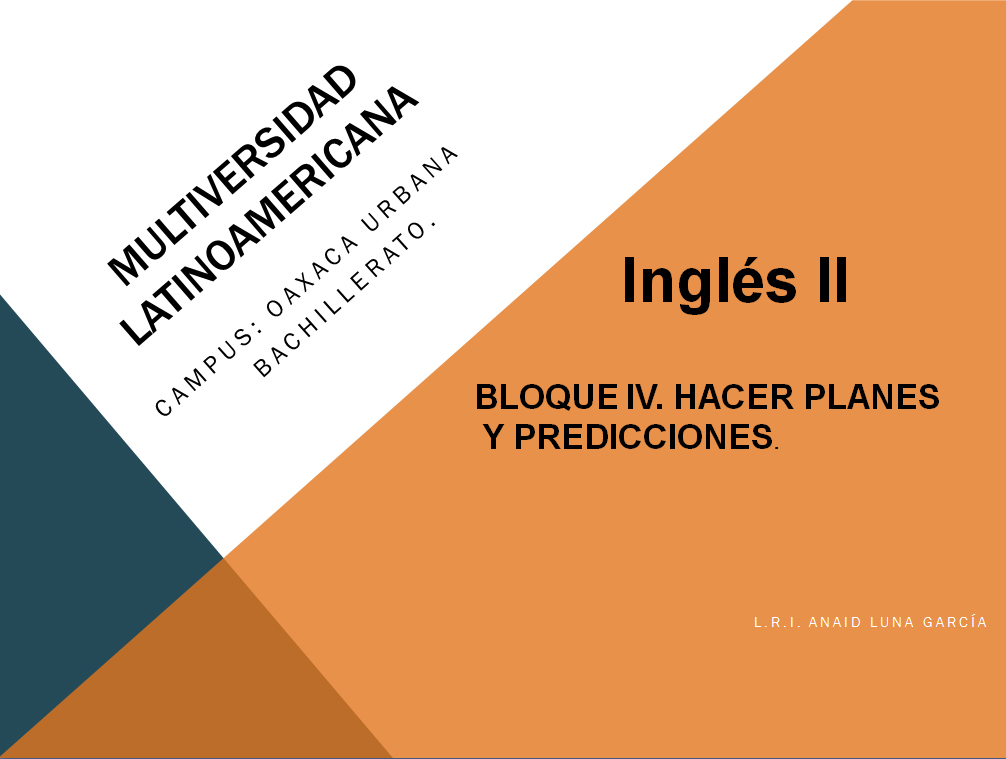
READ THE CONVERSATION:
Martha: What horrible weather today. I'd love to go out, but I think it will just continue raining.
Jane: Oh, I don't know. Perhaps the sun will come out later this afternoon.
Martha: I hope you're right. Listen, I'm going to have a party this Saturday. Would you like to come?
Jane: Oh, I'd love to come. Thank you for inviting me. Who's going to come to the party?
Martha: Well, a number of people haven't told me yet. But, Peter and Mark are going to help out with the cooking!
Jane: Hey, I'll help, too!
Martha: Would you? That would be great!
Jane: I'll make lasagna!
Publicado el
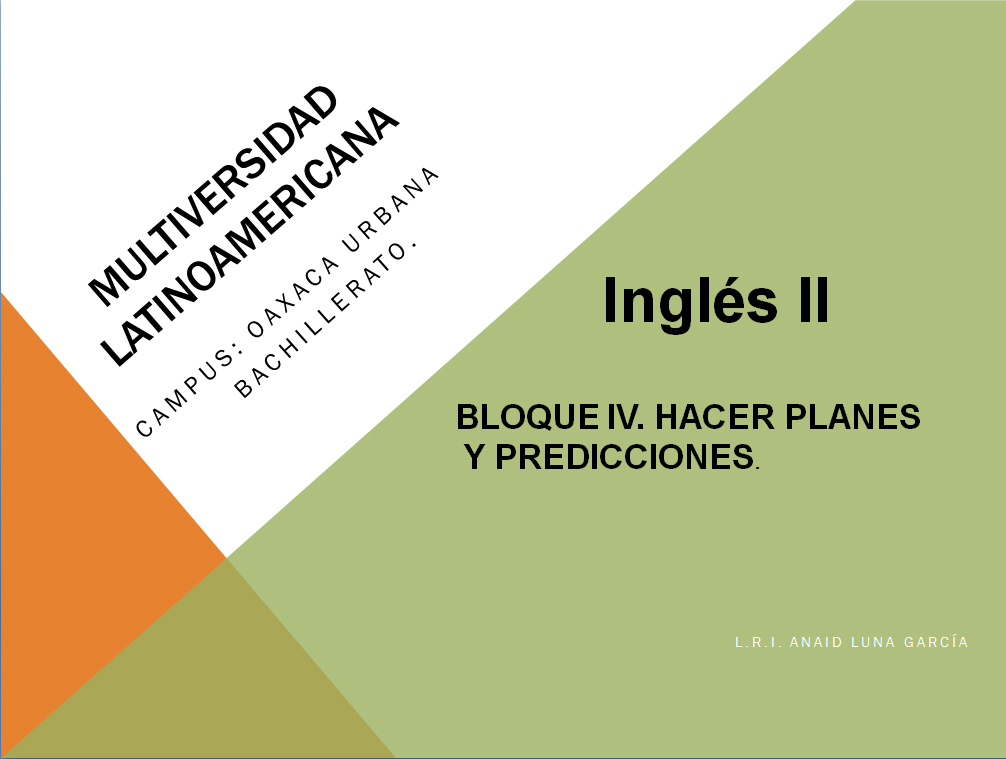
INTERROGATIVE STRUCTURE:
Verb + SUBJECT + GOING TO + BASE FORM + COMPLEMENT + ?
Publicado el
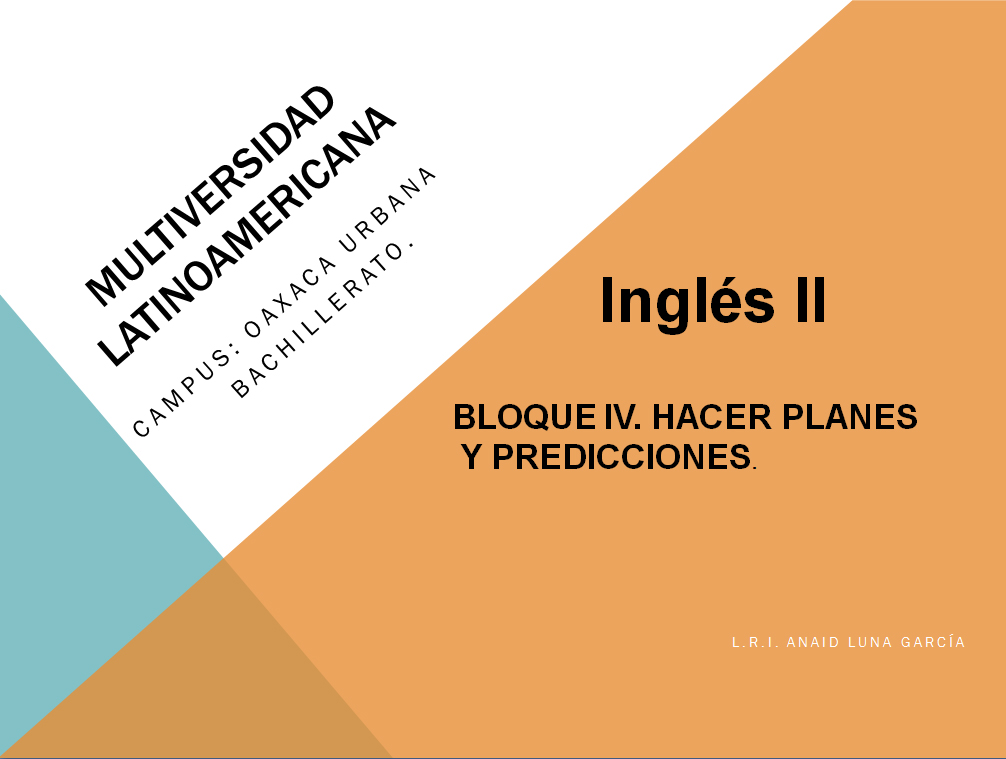
AFFIRMATIVE STRUCTURE:
SUBJECT + Verb + GOING TO + BASE FORM + COMPLEMENT
Publicado el
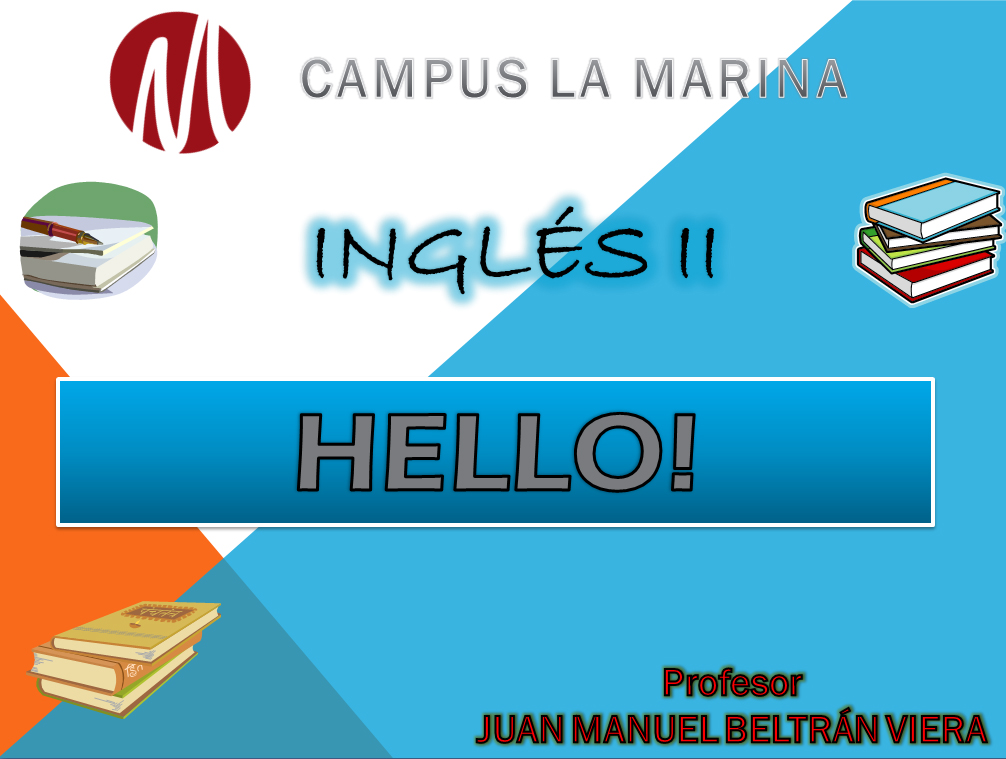 Es importante saber que decir cuando conoces a una persona por primera vez.
Es importante saber que decir cuando conoces a una persona por primera vez.
Saludar
Hello Hola
How are you? Hola como estas?
Good Morning Buenos días
Good Afternoon Buenas Tardes
Good Evening. Buenas noches
Publicado el
Past simple: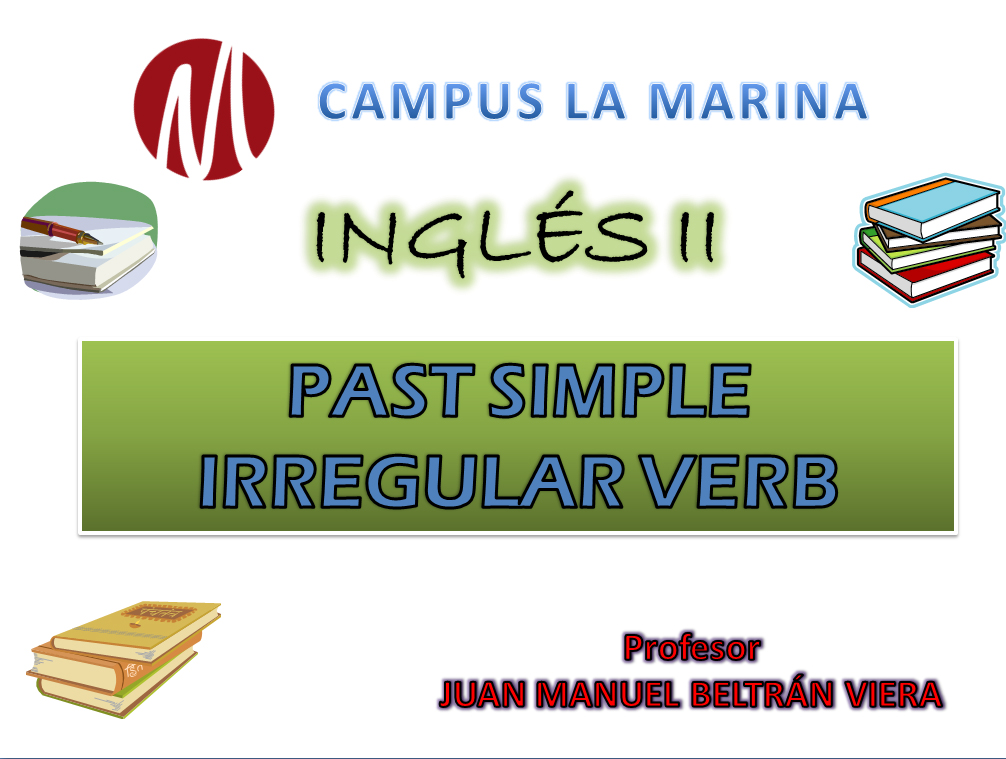
Verb "to be"
Regular verbs
Irregular verbs
Publicado el
Past simple: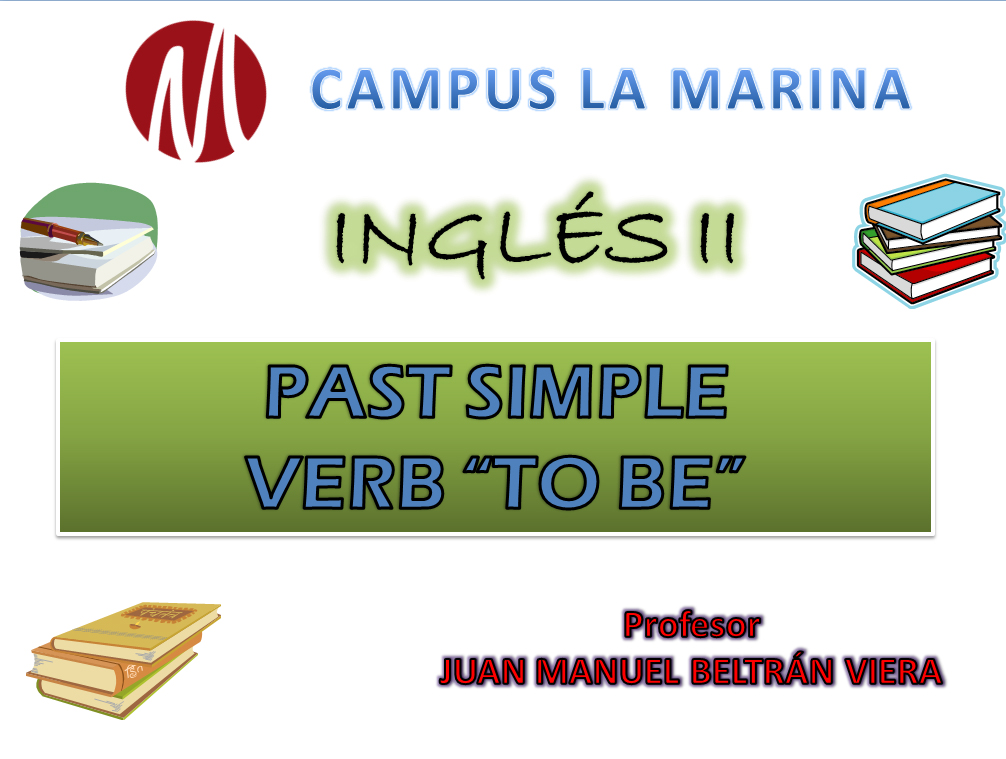
Verb "to be"
Regular verbs
Irregular verbs
Publicado el
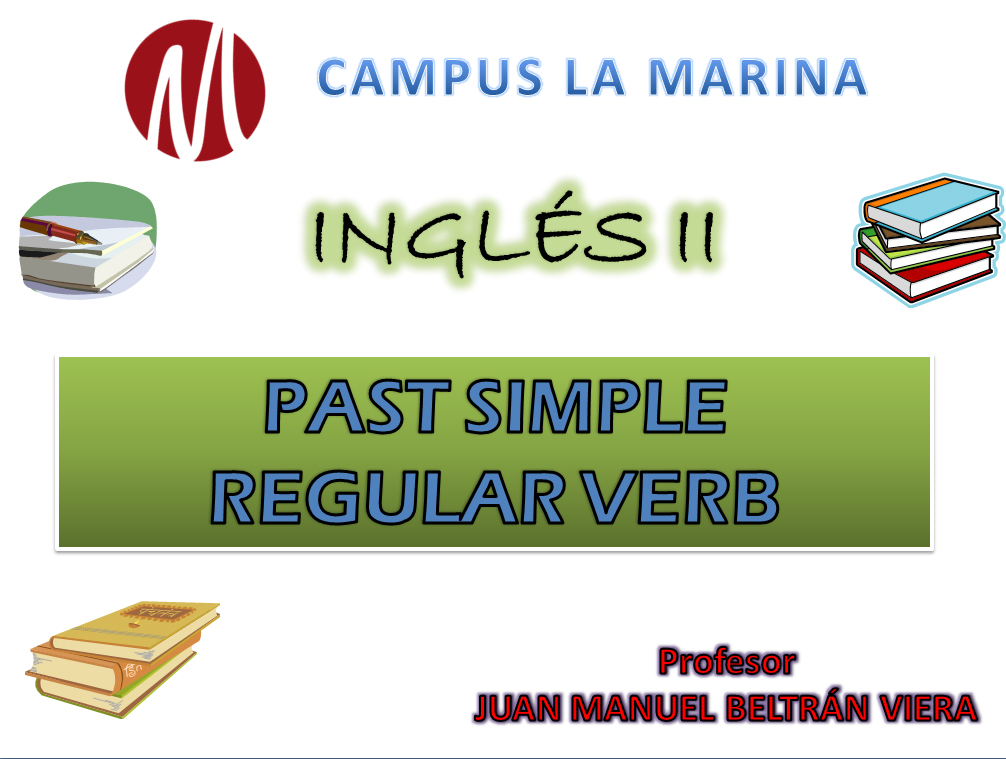 Past simple:
Past simple:
Verb "to be"
Regular verbs
Irregular verbs
Publicado el
WIll vs. Going to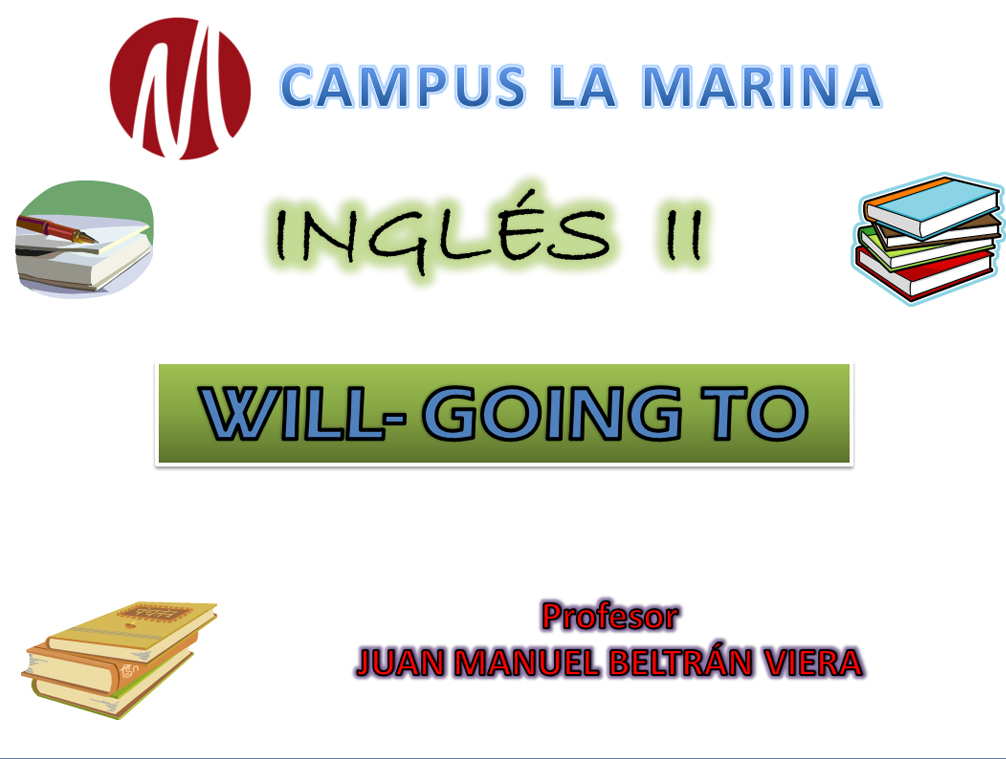
I will travel to Japan next year. Decisión
I am goint to study German at school. Plan